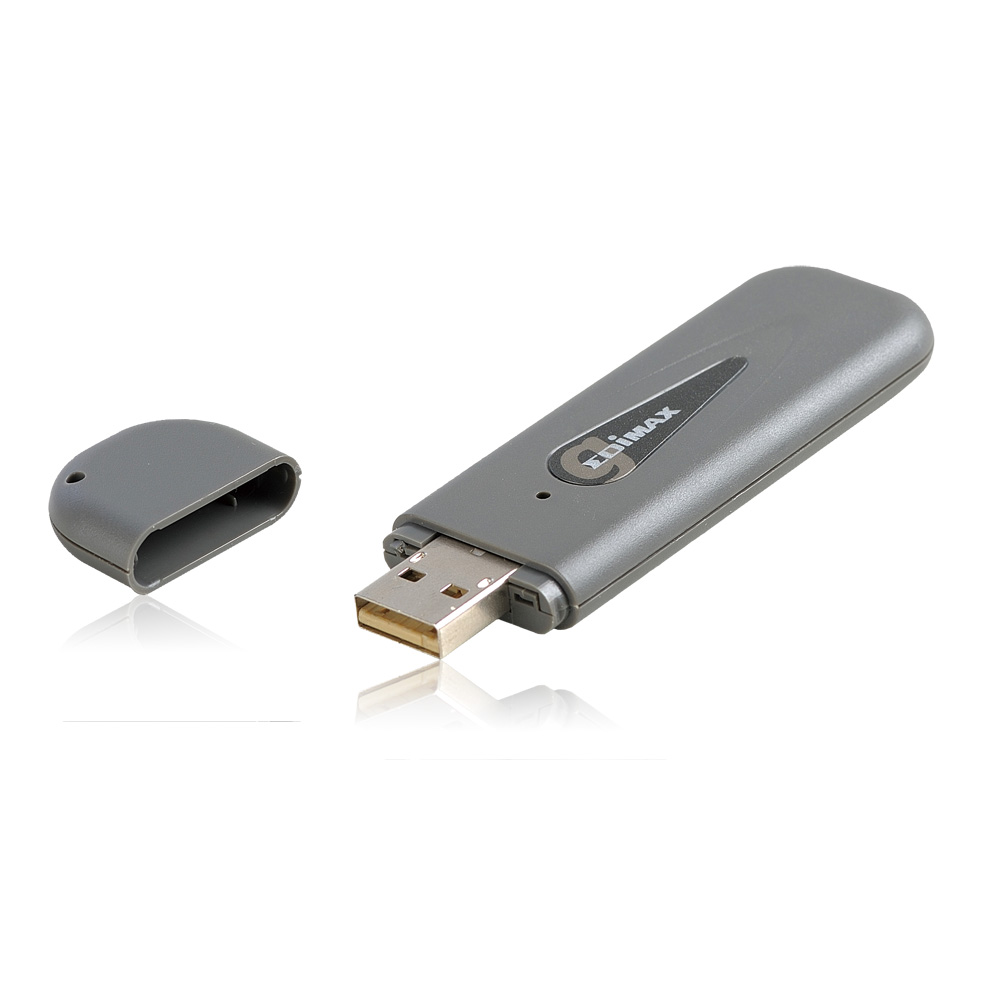

Some may refer to physical hardware connections as "ports". Ports and Interfaces InterfacesĪ network interface represents connections, whether wired or wireless, that are made to form a network between devices. If we were to change the Wi-Fi connection to a wired Ethernet connection capable of 1Gbps, our performance bottleneck would then become the USB 2.0 connection to the USB drive where the file is stored. This means that, regardless of the link rates established elsewhere, the absolute maximum the data can possibly be transferred is 300Mbps.
#802.11 wlan adapter driver Pc#

Link RateĪlmost every type of connection your computer makes to any piece of hardware will have a link rate of some kind. The connection your modem makes to your ISP is the WAN, and any devices you connect through your router behind that modem belong to the LAN. Your modem, and the connection it establishes to your ISP-whether through coaxial cable, fiber, phone lines, or long-range wireless-essentially marks the point between the WAN and the LAN. In some cases, especially in businesses, you may have a separate modem and router, along with other equipment connecting to the router such as a network switch.

Many homes use a combination modem/router device provided by their Internet Service Provider (ISP). Your LAN is essentially the network inside your home or business. With regards to network performance, it is crucial to first separate whether an issue is with Wide Area Network (WAN) performance, or if the issue is with Local Area Network (LAN) performance.

#802.11 wlan adapter driver how to#
If you just need to know how to perform a network performance test/benchmark, jump down to configuring iPerf. In this article, we'll be taking a deep dive on the nuances of network performance for those who need some additional explanation while striving to be concise, and to educate users of various experience levels relating computer hardware and computer networking.


 0 kommentar(er)
0 kommentar(er)
